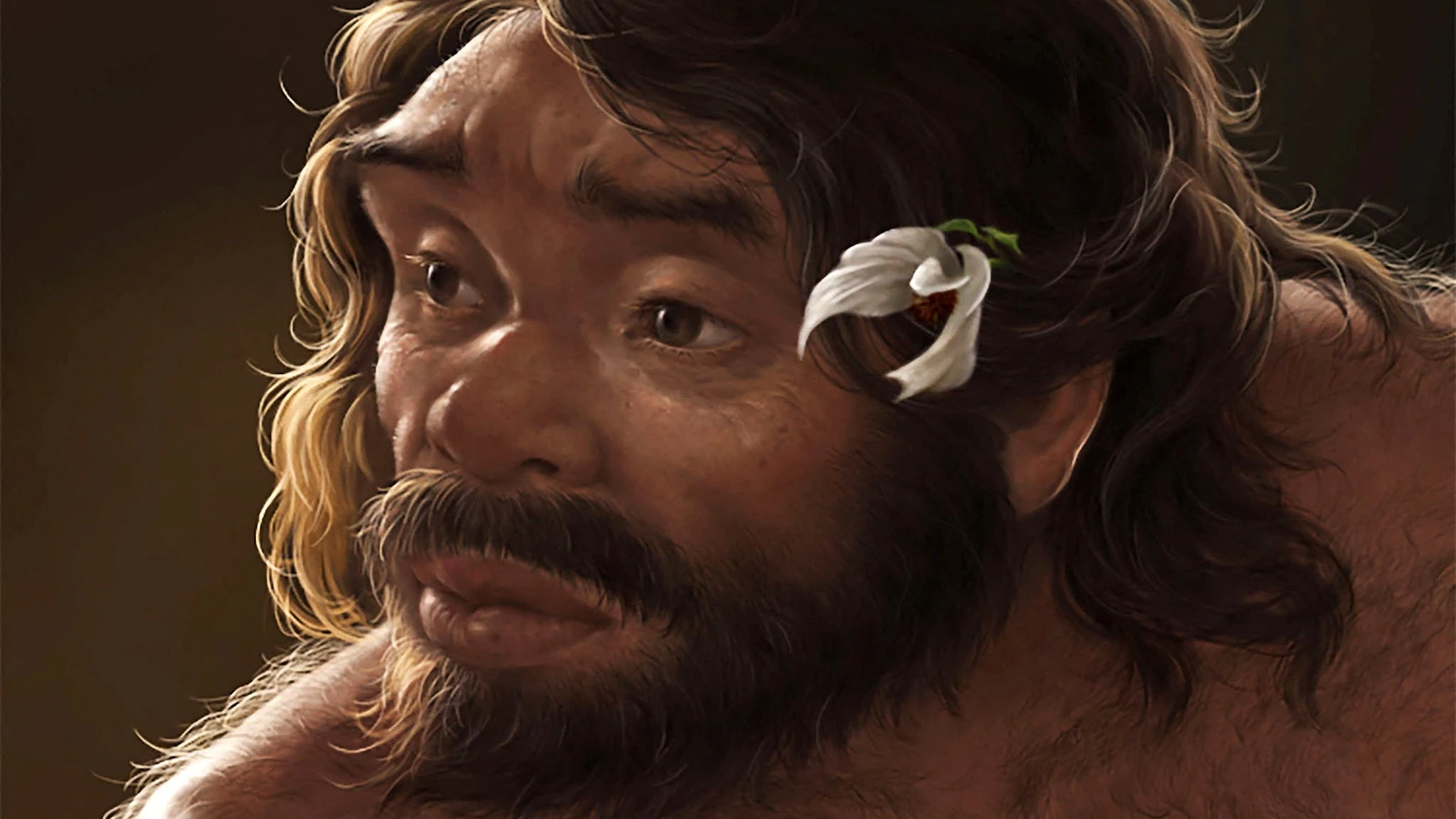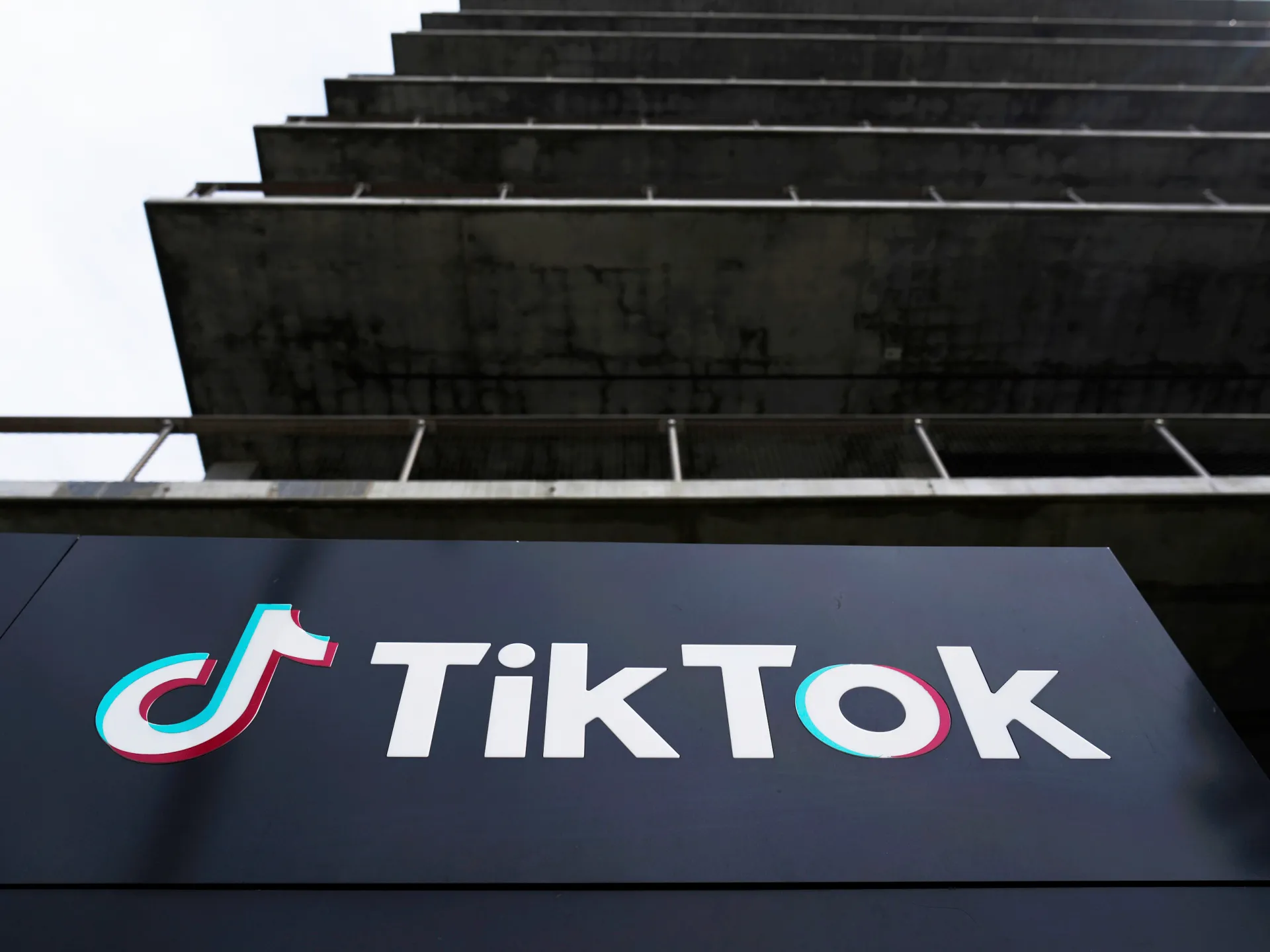
Digital reconstruction of a crushed skull from an ancient human relative could rewrite the timeline of human evolution, researchers said.
A cranium dubbed Yunxian 2 was found in the Yunxian region of China’s Hubei province in 1990, alongside another found the previous year, according to a paper published Thursday in Science.
The skull had been crushed, but digital reconstruction corrected previous distortions and allowed scientists to gain a better understanding of the early human’s physical traits, researchers said.
Multiple “Homo” lineages existed during the Middle Pleistocene period, each of which had diverse physical forms, according to the paper. Much of what is known about human evolution and early hominins comes from skulls, but the fossils are often damaged or deformed.
That damage adds a layer of challenge to making interpretations of the early humans, the researchers said.
Scientists first noticed that the skulls exhibited a mosaic of primitive traits resembling Homo erectus (the first species to have a human-like body shape and gait) as well as features suggestive of later hominin species, such as Homo sapiens.
Since Yunxian 2 was so distorted, its position on the evolutionary timeline was uncertain, according to the paper.
Recently introduced technology allowed researchers to reconstruct what the early hominin that Yunxian 2 belonged to would have looked like. They used advanced CT scanning and digital construction to correct the compression and distortions in the crania, which revealed a mix of previously unknown traits.
The reconstructed cranium appeared large and long, with a broad and flat braincase, according to the paper.
“The cranium is clearly plesiomorphic in overall form, presenting primitive traits shared by earlier hominins,” the authors wrote.
Further study of Yunxian 2 suggests that the cranium belongs to Homo longi, an Asian clade (or group of organisms) that includes the Denisovans and is considered of sister lineage to modern humans, the researchers said.
It lacked both the strongly angulated occipital — a bone in the back of the head — found in H. erectus as well as the protruding occipital region typical of Neanderthals, they noted.
H.longi individuals exhibited distinctive traits, such as a larger braincase and narrower spacing between the eyes and elongated frontal bone, according to the paper.
All of these characteristics were “clearly visible” in the digital reconstruction of the Yunxian 2 cranium, the researchers said.
The Yunxian fossils are likely the oldest within the H. longi clade, the paper suggests. The Yunxian 2 fossil may represent a transitional form within the clade, capturing an early phase of rapid diversification within the lineages of early hominins, according to the paper.
Both H. sapiens and H. longi clades have deep roots extending beyond the Middle Pleistocene and likely underwent rapid early diversification.
Yunxian 2 is important for understanding the cladogenesis — an evolutionary process in which one species splits into two or more distinct species — of early humans, the scientists said.
If the findings are accepted, it could push back the emergence of H. sapiens by hundreds of thousands of years, according to the researchers.



